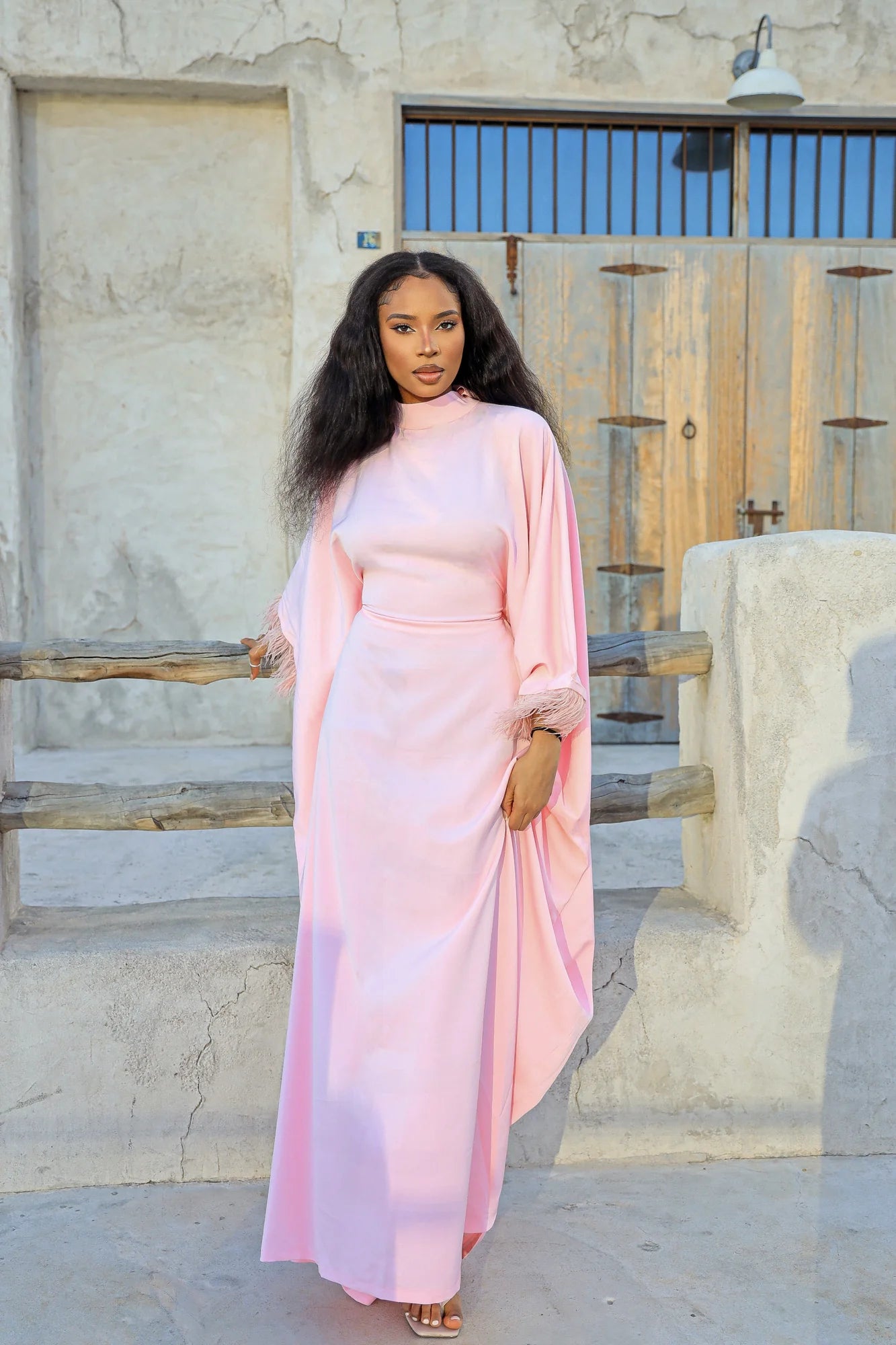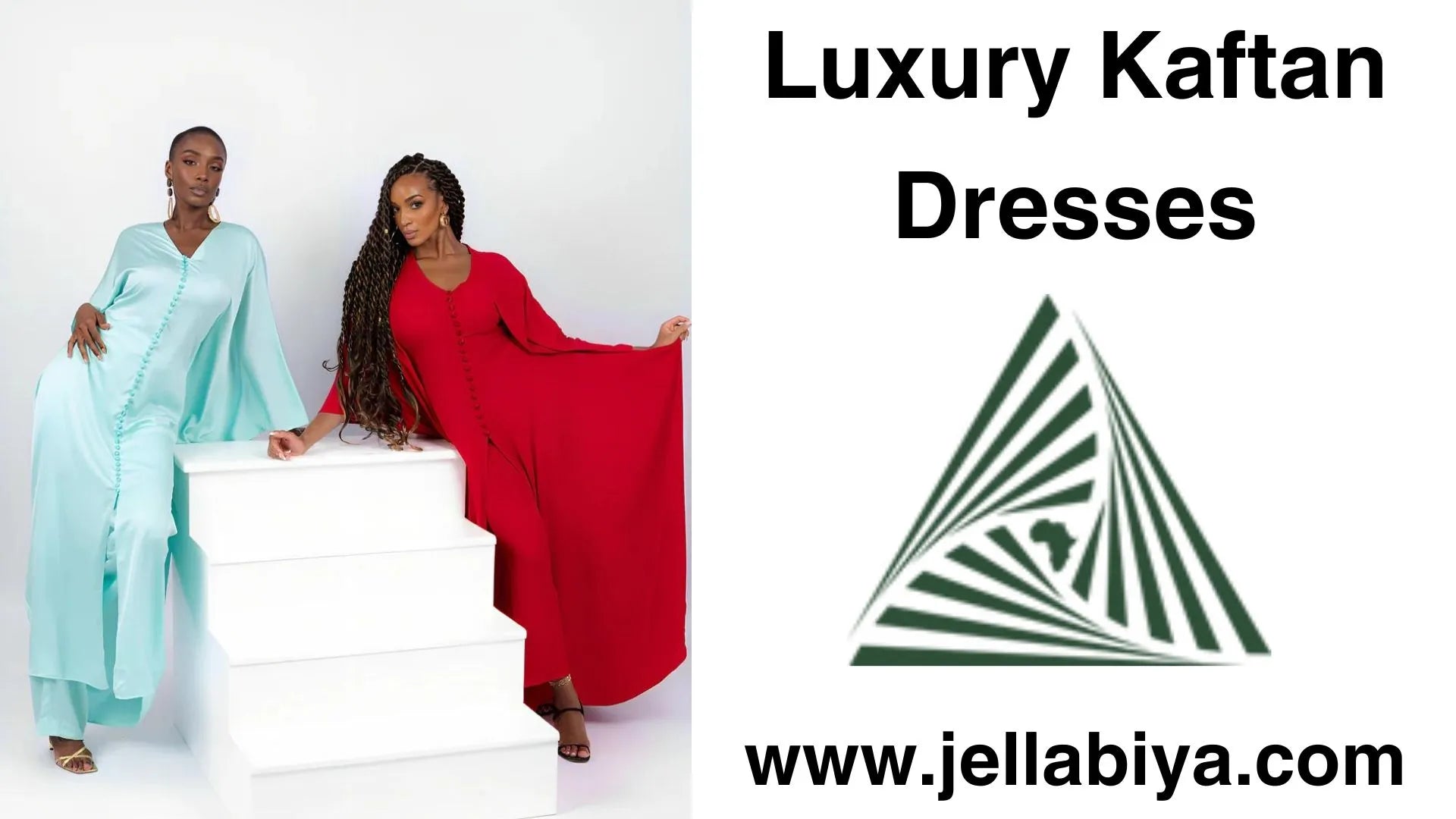Exploring Cultural Significance Black Abayas Across Regions

Welcome to Jellabiya! In this article, we delve into the rich cultural significance of black abayas across different regions. From the Middle East to Asia and beyond, the black abaya holds a special place in the hearts of women worldwide. Let's embark on this fascinating journey together.
Understanding the Black Abaya:
The black abaya, a traditional garment worn by women in various cultures, symbolizes modesty, elegance, and cultural identity. Its simplicity and versatility make it a timeless piece of clothing that transcends geographical boundaries.
Historical Roots:
The origins of the black abaya can be traced back centuries ago, rooted in the traditions of Islamic culture. Initially worn for its practicality and modesty, the black abaya has evolved into a fashion statement, reflecting the cultural heritage of each region it is worn in.
Regional Variations:
Middle East:
In the Middle East, particularly in countries like Saudi Arabia, the black abaya is a symbol of cultural pride and religious adherence. Women often embellish their abayas with intricate embroidery or beading, adding a touch of luxury to the traditional garment.
South Asia:
In South Asian countries like Pakistan and India, the black abaya, known as the burqa or chador, is worn with varying styles and designs influenced by local customs and traditions. It serves as a symbol of respect and modesty for women in these regions.
Southeast Asia:
Countries like Indonesia and Malaysia also have their own unique interpretations of the black abaya. Often made from lightweight fabrics like silk or chiffon, these abayas are ideal for tropical climates while still maintaining the modesty and elegance associated with the garment.
Africa:
In African countries such as Egypt and Sudan, the black abaya is a common sight, with women often pairing it with colorful headscarves or hijabs. The garment reflects the diverse cultural influences present in these regions, blending traditional styles with contemporary fashion trends.
The Evolution of Style:
Over the years, the black abaya has undergone various transformations to cater to changing fashion preferences. From traditional designs to modern interpretations, designers at Jellabiya are continuously innovating to offer a wide range of options to suit every woman's taste and style.
FAQs (Frequently Asked Questions):
Q: Can I wear a black abaya for Eid celebrations?
A: Yes, black abayas are a popular choice for Eid celebrations, symbolizing elegance and tradition. At Jellabiya, you can find a curated selection of Eid abayas to make your celebrations even more special.
Q: Are black abayas only for women?
A: While black abayas are traditionally worn by women, there are also variations available for men, known as thobes or kanduras. These garments are typically made from similar fabrics and share the same emphasis on modesty and cultural significance.
Q: What makes Jellabiya's black abayas unique?
A: At Jellabiya, we take pride in offering high-quality black abayas crafted from luxurious fabrics and adorned with exquisite details. Our designs blend traditional elegance with contemporary flair, ensuring that every woman feels confident and stylish in our abayas.
Conclusion:
In conclusion, the abaya transcends mere clothing—it is a symbol of cultural heritage, modesty, and timeless elegance. Across regions and generations, women have embraced the black abaya as a cherished part of their identity. At Jellabiya, we celebrate this rich cultural legacy by offering a diverse range of black abayas that honor tradition while embracing modernity. Join us in exploring the beauty and significance of the black abaya, and discover the perfect piece to add to your wardrobe.




